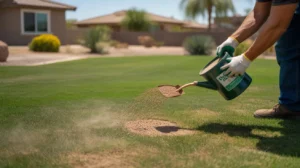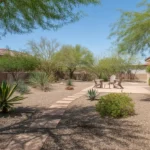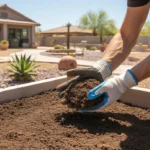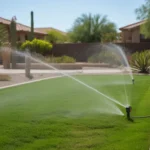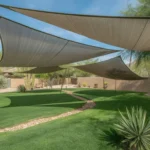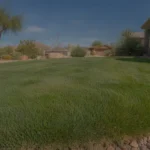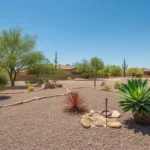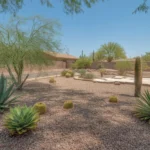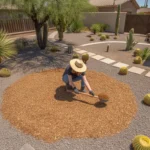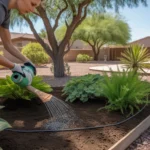As the scorching Southwest summer reaches its peak, many Southeast Valley lawns start to wilt under the relentless heat. But with a few smart late summer fertilizer strategies, you can help your grass power through the worst of the heatwave and emerge lush and resilient. Discover the secrets to reviving your sun-stressed lawn with our expert tips.
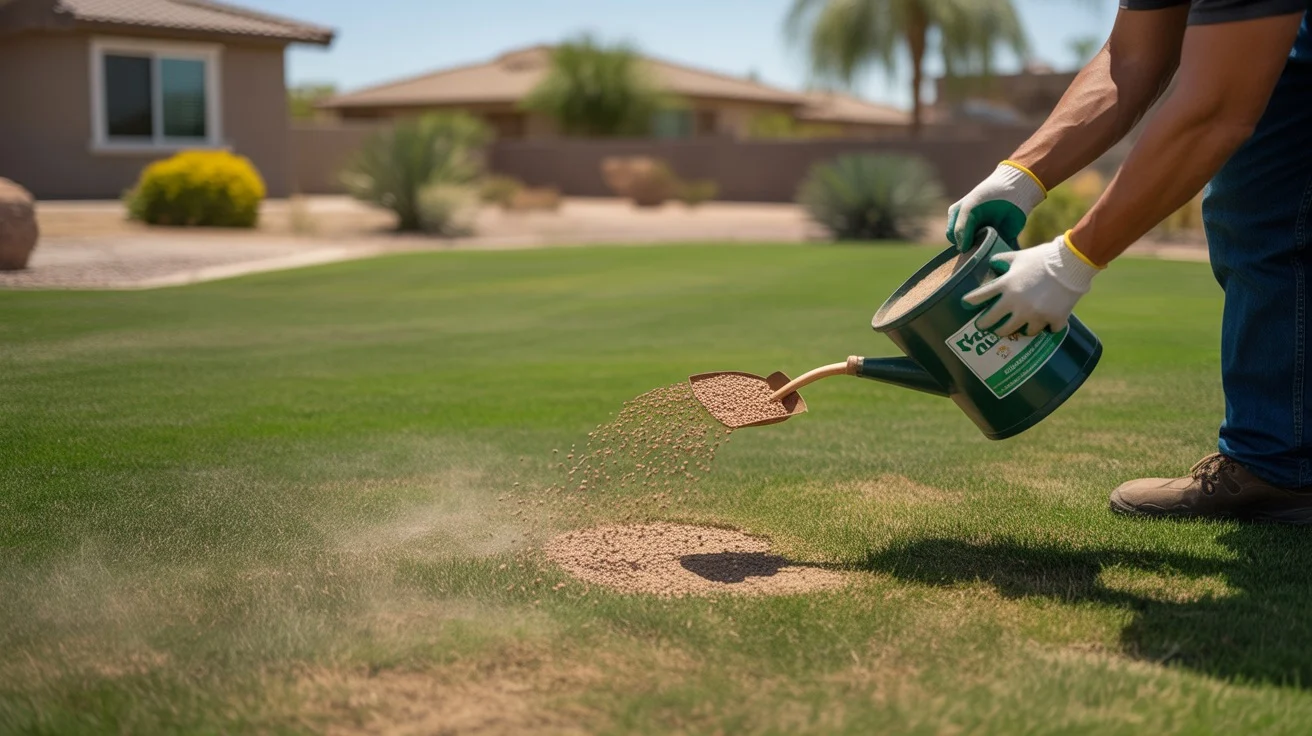
Timing is Everything: When to Feed in Late Summer
In the Southeast Valley, the ideal window for late summer fertilizing falls between mid-August and early September. By this point, the most intense heat has typically passed, but temperatures still remain high. Applying fertilizer during this period gives your grass a critical nutrient boost to repair summer damage and prepare for fall.
Avoid feeding too early in August when the weather is at its hottest. Fertilizing during extreme temperatures can actually stress your lawn further. Instead, wait for the first signs of the heat beginning to subside, usually around the third week of August. Monitor your local forecast and choose a spell when daytime highs dip below 100°F consistently.
Similarly, don’t wait too late into September. You want to give your grass ample time to absorb the nutrients and recover before cooler autumn weather sets in. Aim to fertilize at least 6 weeks before the first historical frost date in your area, which for most of the Southeast Valley falls in mid-November.
Choosing the Right Fertilizer Formula for the Heat
When it comes to late summer feeding, not all fertilizers are created equal. Look for a formula specifically designed for warm-season grasses common in the Southwest, such as Bermuda, Zoysia, or St. Augustine. These blends typically have a higher percentage of nitrogen, which promotes leafy growth and helps your lawn rebuild its heat-damaged blades.
Opt for a slow-release or controlled-release fertilizer that delivers nutrients gradually over an extended period. This controlled feeding is gentler on your grass during stressful weather and minimizes the risk of burning. Water-soluble formulas tend to release too quickly in the summer heat, which can shock your lawn’s roots.
A good starting ratio for late summer is 20-5-10 (nitrogen-phosphorus-potassium), with at least 50% of the nitrogen in slow-release form. The extra potassium helps strengthen your grass against drought and heat stress. As always, perform a soil test first and adjust the ratio if you have any major nutrient deficiencies.
Proper Application Techniques for Stressed Lawns
How you apply late summer fertilizer is just as important as what you use. Stressed summer lawns need a gentle, even feeding to coax them back to health. Start by watering your lawn deeply a day or two before fertilizing. Moist soil absorbs nutrients more readily and protects the roots from potential burn.
Use a broadcast or drop spreader to distribute the fertilizer granules uniformly across your lawn. Avoid spreading by hand, as this often leads to patchy application. Walk in steady, overlapping rows to ensure thorough coverage. Lightly water the lawn again after applying to help the fertilizer start to absorb.
Resist the urge to overfeed your struggling grass. Applying too much fertilizer, especially in the summer heat, can have the opposite effect and damage your lawn further. Stick to the recommended application rate on the package, erring on the lighter side if your grass is particularly stressed. You can always reapply in a few weeks if needed.
Watering Wisely to Maximize Fertilizer Benefits
Proper watering is key to getting the most out of your late summer fertilizer application. Without adequate moisture, your grass won’t be able to efficiently absorb and utilize the nutrients you’ve added. But overwatering can leach the fertilizer away before it has a chance to work.
Aim to water your lawn deeply and infrequently, providing about 1 inch of water per week including rainfall. Water early in the morning when temperatures are cooler and evaporation is minimal. This allows the grass to dry out before nightfall, reducing the risk of fungal growth.
If you have an automatic irrigation system, check your settings to make sure you’re not overwatering. It’s easy to set and forget your sprinklers, but as the weather cools in late summer, your lawn’s watering needs decrease. Adjust your watering schedule accordingly to avoid washing away your fertilizer investment.
Troubleshooting: Addressing Common Late Summer Lawn Issues
Even with diligent fertilizing and watering, late summer lawns can still face challenges. One of the most common issues is patchiness, where certain areas of your grass seem to recover more slowly than others. This is often due to uneven watering or fertilizer application. Spot-treat lagging areas with an extra sprinkle of fertilizer and make sure they’re getting sufficient water.
Another frequent problem is a sudden surge in weed growth after fertilizing. While your grass is still recovering from the summer stress, opportunistic weeds can take advantage of the extra nutrients. Tackle them early with targeted spot treatments or hand-pulling. Avoid blanket herbicide applications, which can further stress your delicate lawn.
If you notice signs of insect damage or disease, such as brown patches or chewed blades, address them promptly. Late summer pests like chinch bugs and armyworms can quickly decimate a weakened lawn. Treat with an appropriate insecticide and reseed any bare spots to help your grass fill back in.
With a well-timed and carefully applied late summer fertilizer regimen, your Southeast Valley lawn can rebound from the intense summer heat and thrive well into fall. By nourishing your grass at this critical juncture, you’re setting the stage for a lush, resilient yard that can handle whatever next summer throws its way.

